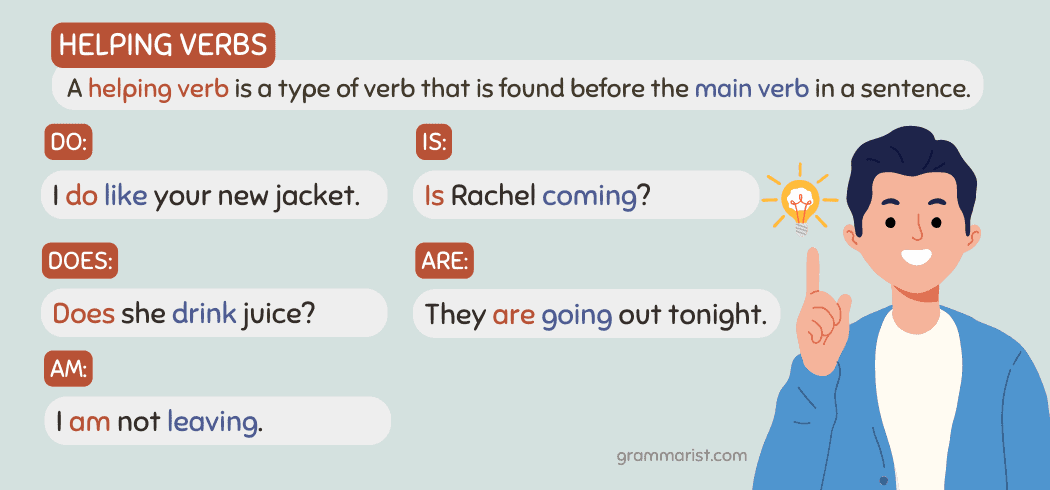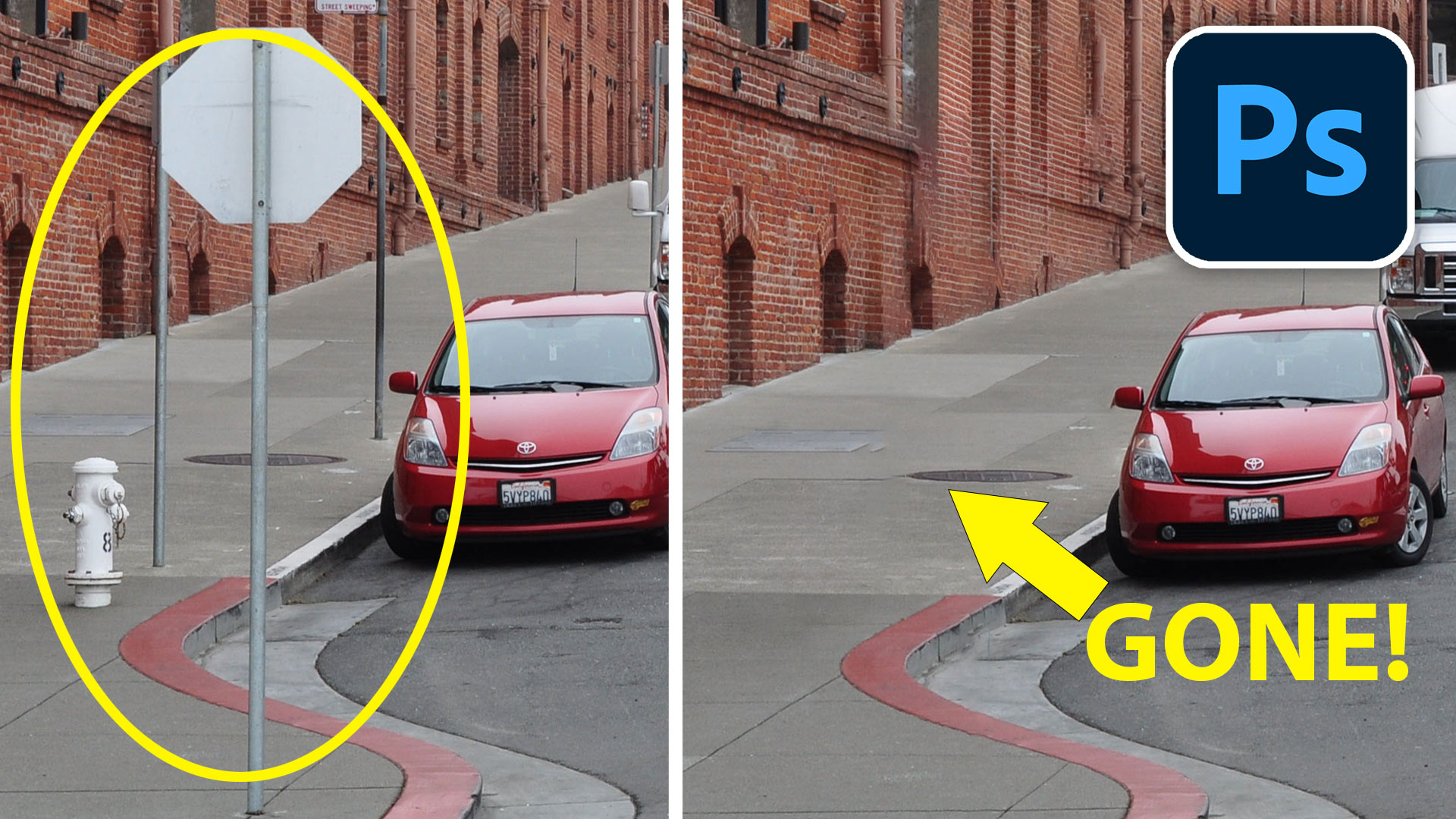Can-Am Street Legal Status: Complete Guide to On-Road Regulations
Can am street legal status: understand the basics
Can am vehicles, manufacture by bombardier recreational products (BRP), have gain popularity for their performance and versatility. Yet, many potential owners wonder about their street legality. The answer isn’t straightforward and depend on several factors include the specific model, your location, and whether appropriate modifications have been make.
Which can am vehicles are street legal?
Can am produce several vehicle categories, and their street legal status vary importantly:
Can am spider and Ryder models
The can is spider and Ryder three wheel motorcycles are design and manufacture to be street legal from the factory. These vehicles come equip with all the necessary components require by federal regulations include:

Source: isalegal.info
- Dot approve headlights, taillights, and turn signals
- Mirrors
- Horn
- Speedometer
- Brake lights
- License plate mount and light
These models are classified as three wheel motorcycles in most jurisdictions, mean riders typically need a motorcycle license or endorsement to operate them lawfully on public roads.
Can am off-road vehicles (oores)
The majority of can is lineup consist of ofoff-roadehicles that are
Not street legal from the factory
. These include:
- Maverick models (sport side by sides )
- Commander models (recreational side by sides )
- Defender models (utility side by sides )
- Outlander ATVs (all terrain vehicles )
- Renegade ATVs (sport all terrain vehicles )
These vehicles are mainly design for off-road use on private property, trails, and designate off highway vehicle areas. They lack the necessary equipment and certifications require for legal operation on public roads in most jurisdictions.
State by state regulations for can am vehicles
Street legality for can am vehicles vary importantly by state. While federal regulations provide a baseline, states have the authority to implement additional requirements or restrictions.
States with more lenient UTV / ATV road access
Some states have created provisions allow limited road access for right equipTVss (utility task vehicles )and atATVsthThesetates oftentimes include:
- Arizona allows operation on certain roads with speed limits under 35 mph
- Utah has designate routes where ohms can be operated with proper registration
- Wyoming permits operation on unpaved roads with proper registration and equipment
- Alaska allow operation on roads in areas with populations under a certain threshold
- Idaho permits limited road use with proper registration and equipment
Yet in these states, significant modifications and registrations are typically required before anoff-roadd can am vehicle can be lawfully operate on public roads.
States with stricter regulations
Many states maintain strict prohibitions against operate off-road vehicles on public roads, include:
- California mostly prohibits off highway vehicles on public roads
- New York restricts ATVs from highways except for limited crossing purposes
- Massachusetts prohibits operation of off-road vehicles on public ways
- Illinois mostly restrictsATVss andTVss from public roadways
Invariably check with your state’s department of motor vehicles or equivalent agency for the near current regulations.
Make a can am off-road vehicle street legal
In jurisdictions that allow it, convert an off-road can am to be street legal typically require substantial modifications and paperwork. The process is oftentimes complex, expensive, and in some cases, impossible to achieve full compliance.
Required modifications
To meet street legal requirements, a can am off-road vehicle would typically need the following additions:
- Dot approve tires (ooff-roadtires are not street legal )
- Dot approve windshield
- Side and rearview mirrors
- Horn
- Turn signals
- Headlights with high and low beams
- Taillights and brake lights
- License plate mount with light
- Speedometer
- Seat belts (dot approve )
- Emissions equipment (catalytic converter and eEPAcompliance )
- Muffler meeting noise regulations
Yet with these modifications, many can will am off-road vehicles yet won’t meet federal safety standards for on road vehicles, make full street legality impossible in most states.
Registration and insurance challenges
Beyond physical modifications, owners face administrative hurdles:
- Vehicle identification number (vVIN)inspection
- Special registration procedures
- Find insurance coverage (many insurers won’t will cover will modify ooff-roadvehicles for on road use )
- Emissions testing in applicable states
- Safety inspections
The cost of these modifications and administrative procedures much exceed several thousand dollars, make conversion economically impractical for many owners.
Street legal can am models: spider and Ryder
For those seek a street legal can am experience without modification headaches, the spider and Ryder models offer ready to ride solutions.
Can am spider models
The spider lineup include several models design for different riding preferences:
- Spider f3 sport cruiser focus on performance
- Spider RT touring model with comfort features for long distance travel
These vehicles feature automotive style stability with motorcycle like performance. They come factory equip with all require safety features and meet federal motor vehicle safety standards for three wheeled motorcycles.
Can am Ryder models
The Ryder represent a more accessible entry point to the three wheel motorcycle category:
- Ryker base model with two engine options
- Ryker rally edition enhance suspension and features for mixed terrain capability
Like the spider, Ryder models are amply street legal from the factory and require exclusively standard motorcycle registration and insurance.
Legal considerations for operate can am vehicles
Licensing requirements
For street legal can am models like the spider and Ryder, licensing requirements vary by state:

Source: isalegal.info
- Most states require a motorcycle license or endorsement
- Some states have created special three wheel endorsements
- A few states allow operation with merely a standard driver’s license
For modified off-road vehicles in states that permit limited road use, special off highway vehicle permits or registrations are typically required in addition to a driver’s license.
Insurance requirements
Insurance requirements besides vary by jurisdiction and vehicle type:
- Street legal spider and Ryder models require standard motorcycle insurance in most states
- Modify off-road vehicles may require specialized insurance policies
- Some insurers offer specific UTV / ATV policies with limited road use coverage
Invariably verify coverage details, as standard off-road vehicle policies typically exclude on road incidents.
Cross public roads with non-street legal can am vehicles
Many states allow limited crossing of public roads with differently non-street legal off-road vehicles. These provisions typically include:
- Cross perpendicular to the roadway
- Yield to all traffic
- Cross at designate crossing points
- Have a valid driver’s license
- Cross alone during daylight hours
These crossing allowances don’t constitute full street legality but provide practical connectivity between trail systems or private properties.
Agricultural and utility exemptions
Some jurisdictions provide exemptions for agricultural or utility use of off-road vehicles on public roads:
- Farm use exemptions for agricultural operations
- Utility worker exemptions for maintenance activities
- Special permits for specific purposes
These exemptions typically come with restrictions on distance, time of day, and purpose of travel.
Penalties for illegal road use
Operate a non-street legal can am on public roads can result in significant penalties:
- Fines range from hundreds to thousands of dollars
- Vehicle impoundment
- License points or suspension
- Lack of insurance coverage for accidents
- Potential liability issues in case of accidents
Beyond legal penalties, operating vehicles not design for road use create safety hazards for the operator and other road users.
Alternatives to street legal conversion
Instead, than attempt to make anoff-roadd can am street legal, consider these alternatives:
- Purchase a factory street legal can am spider or Ryder
- Trailer transportation of off-road vehicles to legal riding areas
- Ride on private property and designate off highway vehicle trails
- Join local ATV / UTV clubs that maintain legal trail systems
- Participate in organized ride events on closed courses
Final considerations on can am street legality
Whether can am vehicles are street legal have multiple answers depend on the specific model and your location. While spyder and rykerspiders offRyderady to ride street legal options, off road models off-roadsignificant challenges to legal road use in most jurisdictions.
Before purchase any can am vehicle with the intention of street use, soundly research your local regulations, consult with dealerships familiar with local laws, and consider the practical limitations of modify off-road vehicles. For many riders, the simplest solution is chosen the right tool for the job: street legal models for road use and off-road models for trail adventures.
Remember that regulations can change, hence maintain current information through official government sources is essential for legal compliance. When in doubt, contact your state’s department of motor vehicles or equivalent agency for definitive guidance on can am street legality in your area.



